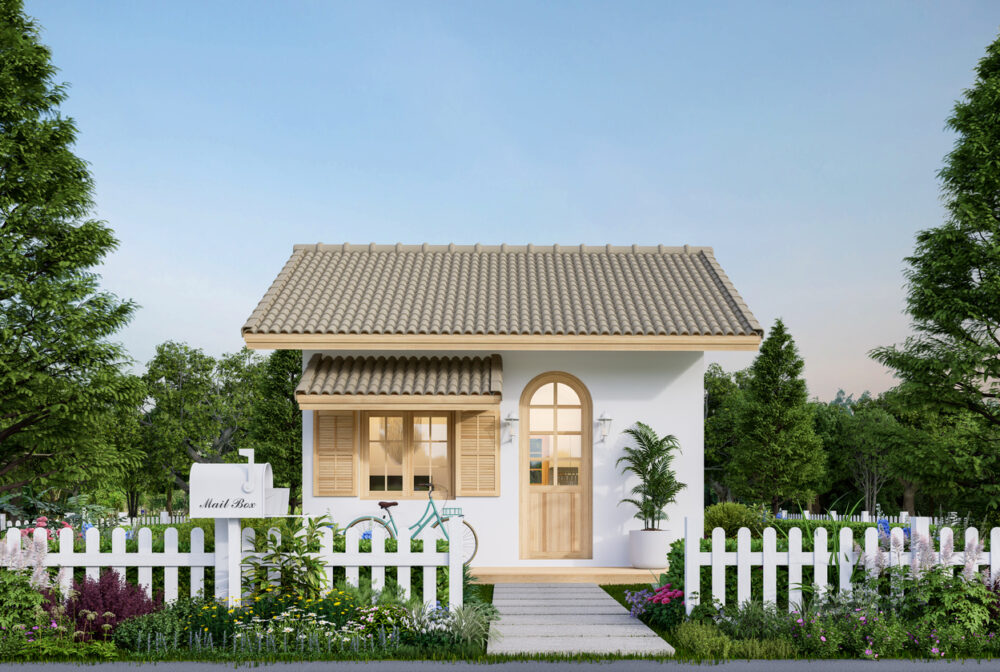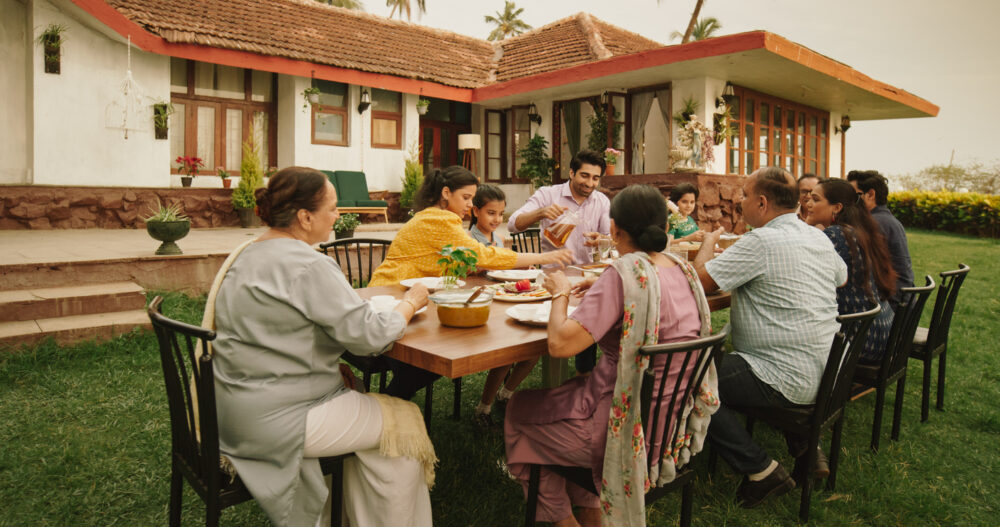Owning a home doesn’t have to mean a 30-year mortgage and white picket fence.

The traditional path to homeownership is looking less realistic for many people. With rising housing costs, stagnant wages, and lifestyle changes, younger generations are rethinking what it means to own a home. The dream isn’t dead—it’s just evolving. More people are skipping the bank loan and exploring creative, out-of-the-box solutions that offer freedom, flexibility, and fewer financial chains.
These ideas might sound unusual at first, but they’re gaining traction fast. From mobile living setups to shared ownership plans, there are smart and surprisingly doable ways to create a space of your own. Whether you want a temporary nest, a forever retreat, or something in between, these nine alternative homeownership ideas might just change the way you think about putting down roots.
1. You can co-own a home with friends or chosen family.

Sharing ownership with people you trust is becoming more commo, according to the people at All Properties. Instead of flying solo or relying on a romantic partner, groups of friends or extended families are pooling their resources to buy homes together. It allows everyone to get more space for less money—and have built-in support.
This arrangement does take planning. You’ll want a clear legal agreement, a solid exit strategy, and good communication. But when done right, it’s not just affordable—it can also strengthen your community and create a living situation that’s way less lonely than going it alone.
2. You can build a tiny home on land you rent or share.

Tiny homes aren’t just cute—they’re functional, affordable, and surprisingly stylish when well-designed, as reported by the experts at Ruru Tiny Homes. If buying land feels out of reach, some people park their tiny home on a friend’s property, rent a rural plot, or join a tiny home community with shared resources.
These structures are easier to maintain, use less energy, and force you to declutter. It’s a minimalist lifestyle, sure, but many find it liberating. If you’re someone who values mobility and simplicity over square footage, this path could offer major peace of mind.
3. You can live in a converted van, bus, or RV.

The vanlife trend isn’t just for Instagram influencers. Plenty of people are choosing to live full-time in custom camper vans or converted school buses. It allows for a lower cost of living and unmatched travel freedom—especially if you can work remotely, as stated by Stevie Trujillo at The Guardian.
It’s not always glamorous, but with the right setup and realistic expectations, it can be incredibly fulfilling. Plus, you avoid property taxes, utility bills, and long-term debt. If you crave adventure more than stability, this option turns the whole country into your backyard.
4. You can lease-to-own with flexible seller agreements.

Lease-to-own homes allow you to rent a house with the option to buy it later. Some agreements even apply part of your rent toward the eventual purchase price, making it a creative stepping stone into ownership without needing a huge down payment upfront.
This setup works best when both sides are clear on expectations. You’ll need a solid contract and a timeline that fits your financial growth. For renters looking to stop throwing money into the void, it offers a path forward with less risk and more control.
5. You can live in a house hack setup by renting out part of it.

House hacking is all about turning your home into an income-generating asset. Live in one part, and rent out the other—whether that’s a duplex, basement apartment, or even just a spare bedroom. It helps you cover your mortgage and live more affordably.
This model works especially well for first-time buyers who are willing to share space and responsibilities. It teaches you how to manage property and tenants while building equity. It’s not passive income exactly, but it’s one of the savviest moves you can make early on.
6. You can buy into a co-housing community.

Co-housing combines private living spaces with shared amenities—think gardens, workshops, community kitchens, or recreational areas. It’s designed for people who want independence but still crave a strong sense of connection with their neighbors.
Ownership is usually structured as a cooperative or condo model, with shared maintenance responsibilities and group decision-making. It’s ideal for those tired of isolation and looking to live intentionally with like-minded people. Plus, it’s often more affordable than standard single-family homes.
7. You can live on a boat, docked or mobile.

Boat living isn’t for everyone, but it’s a real alternative for folks who love water and don’t mind tight quarters. Some people live year-round in marinas or rotate locations, depending on the vessel. It’s common in coastal cities where land housing is overpriced and scarce.
Living aboard often means lower monthly expenses, beautiful views, and a built-in community. You’ll need to factor in maintenance, docking fees, and maritime regulations, but if you’re drawn to a life that’s both adventurous and minimalist, the water might be calling.
8. You can join a land trust or community land cooperative.

Community land trusts keep land in nonprofit hands and lease it affordably to residents. You buy the home but not the land, keeping costs low and preventing speculative pricing. It’s a popular model for people who want long-term stability without outrageous pricing.
These trusts often prioritize residents who are committed to community development and sustainability. You’ll have to apply, sometimes wait, and follow local rules—but it’s a powerful way to build equity in a more ethical and people-first housing model.
9. You can renovate a fixer-upper with sweat equity.

Buying a rundown property at a low price and fixing it yourself is a classic method for getting into homeownership. It requires time, tools, and willingness to learn, but the payoff can be huge. You control the design, the pace, and the budget.
This strategy is best for people who aren’t afraid to get their hands dirty and want to avoid buying someone else’s vision. You’ll need to research zoning laws, permits, and hidden costs—but if done well, your hard work literally builds your future home.
